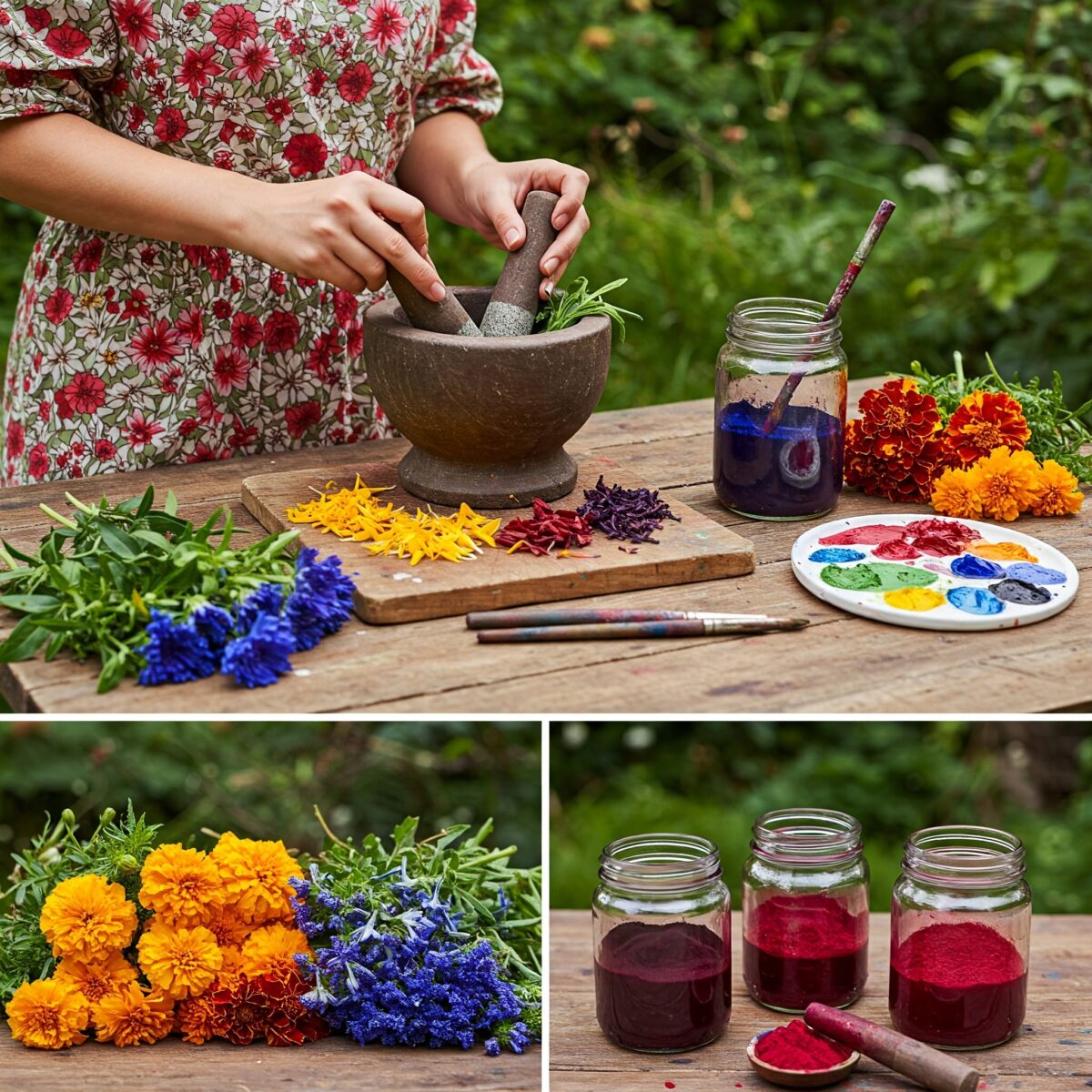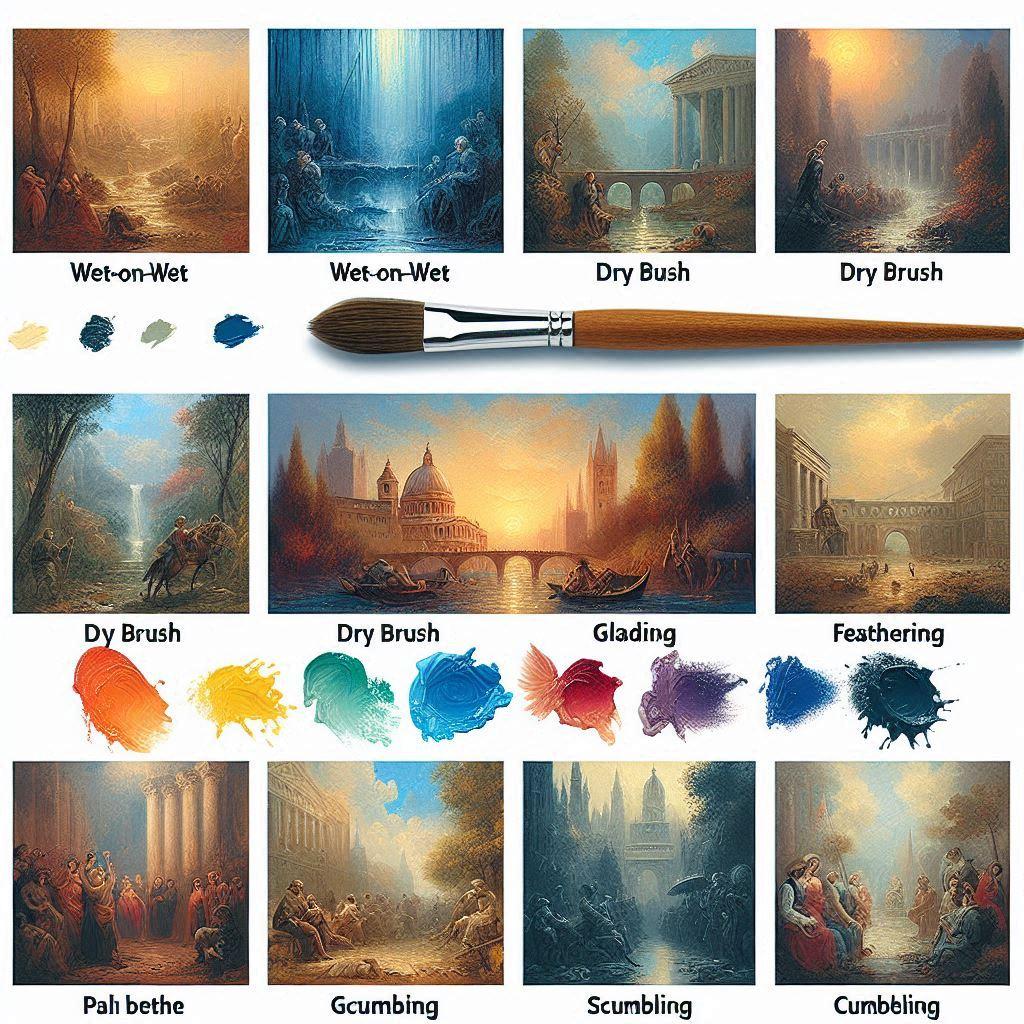Embracing eco-friendly painting techniques isn’t just a trend—it’s a responsible approach to artistic expression that benefits both the environment and your health. As more artists recognize the environmental impact of traditional art supplies, the shift toward sustainable practices has gained significant momentum. Whether you’re a professional artist or an enthusiastic beginner, incorporating eco-friendly painting techniques can transform your creative process while reducing your ecological footprint.
Key Points:
- Traditional art supplies often contain harmful chemicals and non-biodegradable materials
- Natural pigments offer vibrant alternatives to synthetic options
- Setting up a zero-waste studio reduces environmental impact
- Sustainable materials can be sourced locally or made at home
- Eco-friendly practices often improve indoor air quality and artist health
Understanding the Environmental Impact of Traditional Art Supplies
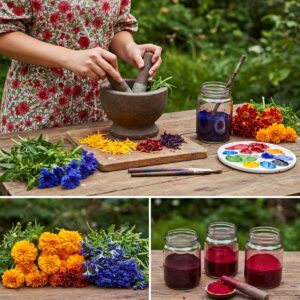
Many conventional art supplies contain toxic chemicals, plastics, and non-renewable resources that harm the environment throughout their lifecycle. Acrylic paints, for instance, contain microplastics that eventually enter waterways. Oil paints often include heavy metals and require harsh solvents for cleanup. Even the production and disposal of plastic packaging contributes significantly to pollution.
“Art should reflect the world we wish to live in, not contribute to its destruction.”
Anonymous environmental artist
By understanding these impacts, artists can make informed choices about their materials and methods, prioritizing sustainability without sacrificing quality or creative expression.
Creating Your Own Natural Pigments
One of the most rewarding eco-friendly painting techniques involves creating pigments from natural sources. This practice connects artists to ancient traditions while eliminating dependence on commercially produced colors.
Sources for Natural Pigments:
| Source | Colors | Preparation Method |
|---|---|---|
| Plants | Greens, yellows, reds, purples | Extraction through boiling or fermentation |
| Soils/Clays | Earth tones, ochres | Grinding, sifting, washing |
| Minerals | Blues, greens, reds | Careful grinding and processing |
| Food waste | Various (coffee, tea, beets, etc.) | Boiling, straining, reducing |
To create your own pigments:
- Collect your source material (ensuring ethical harvesting if using plants)
- Process according to the specific material (grinding, boiling, fermenting)
- Strain and dry the resulting pigment
- Mix with appropriate binders (gum arabic, egg yolk, plant oils)
This process not only reduces waste but often produces unique colors that cannot be replicated with commercial paints.
For more detailed guides on color theory and mixing techniques, check out our color theory basics article.
Setting Up a Zero-Waste Art Studio
An eco-friendly painting practice begins with the studio environment itself. Creating a zero-waste art space requires thoughtful planning but yields significant environmental benefits.

Essential elements of a zero-waste studio include:
- Proper waste sorting stations (compost, recyclables, reusables)
- Glass containers instead of plastic for material storage
- Reusable rags rather than paper towels
- Natural ventilation to reduce energy consumption
- Refillable containers for liquids
- Sustainable lighting solutions
Many art supplies can also be repurposed or upcycled. Old brushes can become texture tools, canvas scraps can become test patches, and empty containers can store homemade paints.
Learn more about organizing your creative space in our guide on how to organize your painting tools.
Non-Toxic Paint Alternatives
The foundation of eco-friendly painting techniques lies in the paints themselves. Several alternatives exist to conventional synthetic options:
Water-Based Alternatives
Water-based paints minimize the need for harsh solvents during cleanup. Options include:
- Watercolors made with natural gum arabic
- Plant-based tempera paints
- Casein paints (milk-based)
- Natural gouache
These mediums not only reduce environmental impact but also improve studio air quality. For watercolor enthusiasts, explore our beginners guide to watercolors for more insights.
DIY Non-Toxic Paints
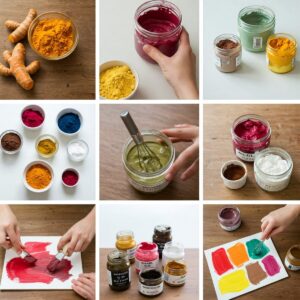
Creating your own paints ensures complete control over ingredients. Basic recipes include:
Egg Tempera:
- Egg yolk (binder)
- Natural pigment
- Water
- Optional: honey or glycerin (to prevent cracking)
Milk Paint:
- Quark or casein powder
- Lime water
- Natural pigment
- Water
Earth Paint:
- Clay or soil
- Plant-based starch
- Water
- Natural pigment (if additional color is desired)
These homemade paints connect artists to historical traditions while eliminating packaging waste and harmful ingredients.
Sustainable Surfaces and Supports
Eco-friendly painting techniques extend beyond the paint itself to the surfaces used. Traditional canvases often involve environmentally costly production methods, but alternatives exist:

Sustainable options include:
- Hemp canvas (requires fewer pesticides than cotton)
- Reclaimed wood panels
- Bamboo surfaces
- Stone paper (made without trees)
- Recycled paper
- Handmade papers from sustainable fibers
Many artists also explore unconventional surfaces like fallen leaves, stones, or reclaimed materials, extending their eco-friendly approach to all aspects of their work.
For tips on preparing sustainable surfaces, visit our article on best practices for canvas preparation.
Water-Based Methods and Conservation
Water conservation plays a crucial role in eco-friendly painting techniques, particularly for methods that rely heavily on this resource.
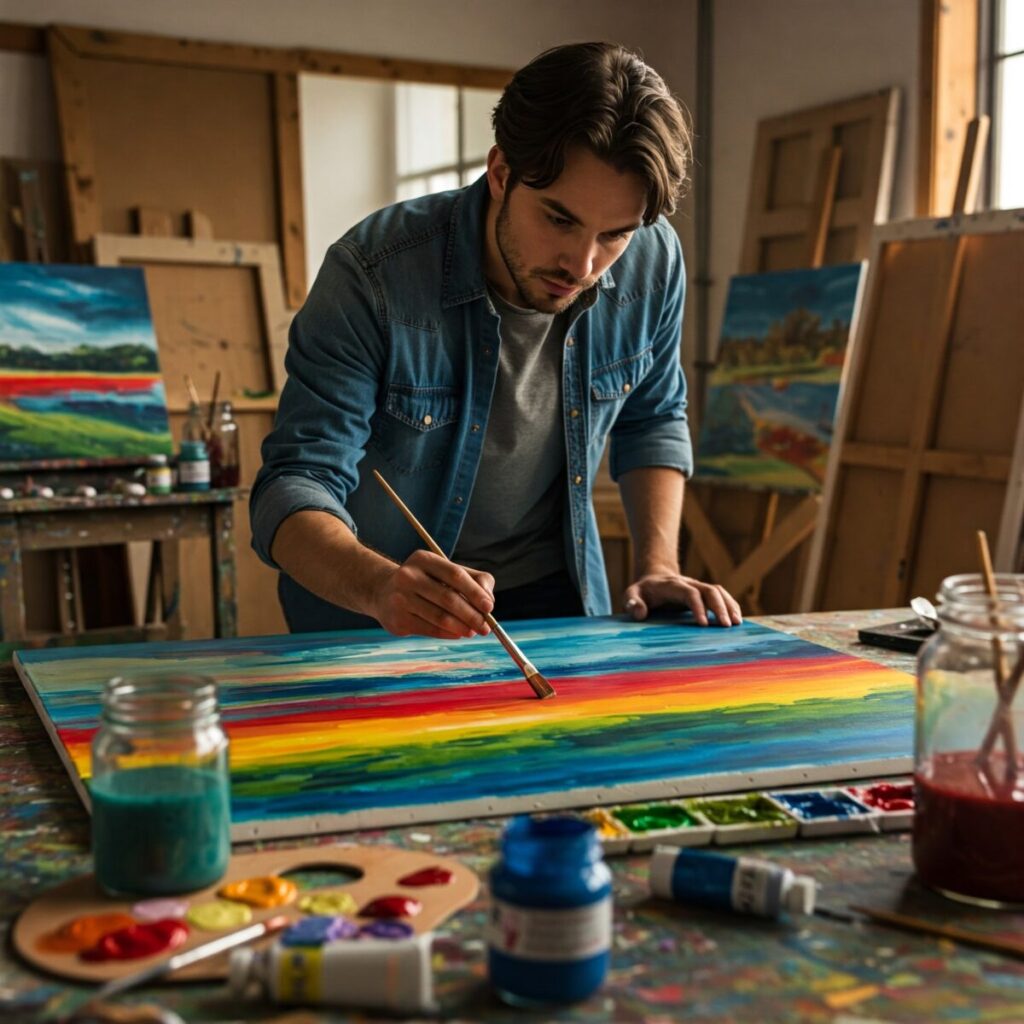
Strategies for water conservation include:
- Using two water containers (one for initial cleaning, one for final rinse)
- Allowing sediment to settle and reusing clear water
- Using spray bottles to minimize waste
- Collecting rainwater for studio use
- Proper disposal of paint water (never down drains)
Water-based mediums like watercolor and gouache inherently use less harmful chemicals than oil-based alternatives. Learn more about these approaches in our guide to watercolor techniques for beginners.
Beyond Materials: Sustainable Art Practices
Eco-friendly painting techniques encompass more than just materials—they involve holistic approaches to the creative process.
Sustainable practices include:
- Buying in bulk to reduce packaging
- Supporting local suppliers to reduce transportation impacts
- Sharing resources with other artists
- Proper disposal of unavoidable waste
- Creating artwork that raises environmental awareness
- Teaching sustainable methods to others
The art community itself has begun prioritizing sustainability, with galleries and exhibitions increasingly showcasing environmentally conscious work. For more on the intersection of art and social change, see our article on art for change.
Finding a Balance: Professional Results with Eco-Friendly Methods
One common misconception is that eco-friendly painting techniques produce inferior results. However, many renowned artists create museum-quality work using sustainable methods.
The key is finding balance—understanding where traditional materials might be necessary and where sustainable alternatives excel. Some approaches include:
- Mixing methods (perhaps using natural pigments but conventional binders)
- Gradually transitioning studio practices rather than making abrupt changes
- Experimenting with different eco-friendly options to find what works for your style
- Focusing on longevity to avoid creating disposable art
Our article on sustainable art making explores this balance in greater depth.
Conclusion: Embracing the Future of Sustainable Art
Adopting eco-friendly painting techniques represents a return to artistic roots while simultaneously embracing innovation. From the cave painters who used earth pigments to today’s artists developing biodegradable alternatives to acrylics, sustainability has always been intertwined with artistic evolution.
As environmental concerns become increasingly urgent, artists have a unique opportunity to lead by example. By choosing eco-friendly painting techniques, you not only reduce your environmental impact but potentially inspire others through both your methods and your finished work. The future of art doesn’t require sacrificing the health of our planet—in fact, sustainable practices often enhance creativity by encouraging experimentation, resourcefulness, and deeper connection to materials.
FAQ: Eco-Friendly Painting Techniques
Are acrylic paints environmentally friendly?
No, traditional acrylic paints contain microplastics and petrochemicals that can harm the environment. When washed down drains, these microplastics eventually reach waterways and oceans. However, some brands now offer eco-friendly acrylic alternatives made with natural binders and pigments.
How do I dispose of paint in an eco-friendly way?
For water-based paints, allow them to fully dry before disposing of solid remains in regular trash. Never pour paint down drains. For oil-based products, check with local hazardous waste facilities. Better yet, share leftover paints with other artists or community programs to reduce waste entirely.
What are the best brands of eco-friendly artist paints?
Several companies specialize in eco-friendly paints, including Natural Earth Paint, Eco-House, Earth Pigments, and Gamblin’s Solvent-Free products. Local artisanal paintmakers often offer sustainable options as well. Research each company’s specific environmental practices before purchasing.
What materials are used in sustainable art?
Sustainable art materials include natural pigments, plant-based binders, recycled papers, reclaimed wood, bamboo, hemp canvas, natural fiber brushes, non-toxic adhesives, and biodegradable packaging. Artists also incorporate found objects, upcycled materials, and naturally derived mediums like beeswax.
Can traditional painting techniques be eco-friendly?
Yes, many traditional techniques were inherently eco-friendly before the introduction of synthetic materials. Egg tempera, fresco, watercolor, and earth pigment methods all originated with natural materials. Contemporary artists can adapt these historical approaches using modern sustainable materials while maintaining traditional techniques.
What are eco-friendly varnishes and finishes for paintings?
Eco-friendly finishing options include beeswax, carnauba wax, shellac, milk paint sealers, and water-based varnishes with low VOC content. Some artists use food-grade oils like walnut or linseed for certain applications. Always check ingredients and avoid products containing formaldehyde, phthalates, and petroleum derivatives.

